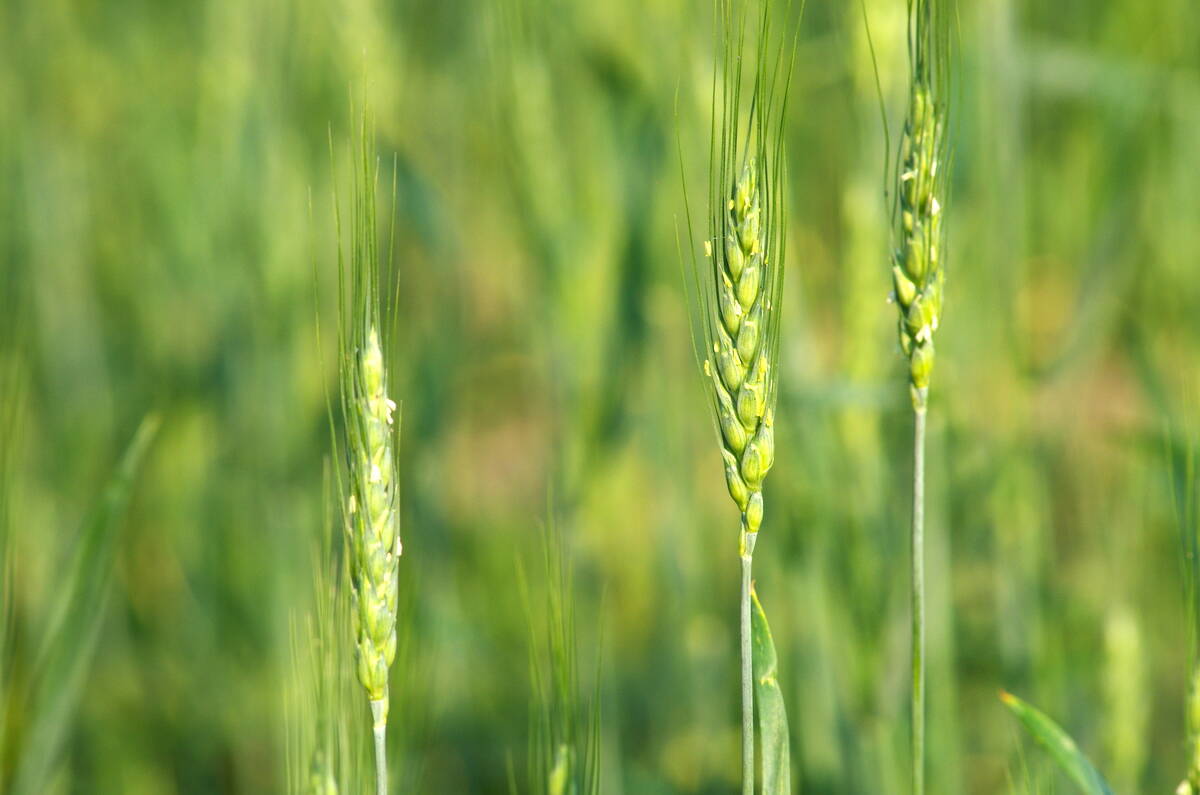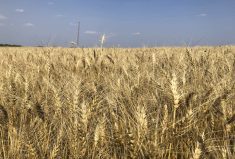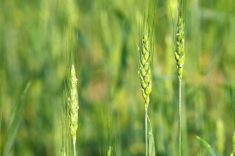CNS Canada –– Canola growes in Western Canada will have to keep an eye out for cabbage seedpod weevils in fields this year, according to government officials.
“For cabbage seedpod weevil, the survey from last year was showing that it’s extended well eastwards (in Saskatchewan) with some pretty good numbers now moving more into traditional widespread canola growing regions,” said Scott Hartley, insect specialist with the Saskatchewan agriculture ministry in Regina.
In Alberta, the weevil is also expanding to new areas. The weevil’s northern extent pushed to the southern boundaries of Red Deer, Stettler, Paintearth and Provost counties in 2014, according to the province’s 2015 cabbage seedpod weevil forecast.
Read Also

California researchers create nitrogen-fixing wheat
U.S. crop breeders have created a wheat variety capable of creating its own nitrogen fertilizer.
Farmers who had high populations of cabbage seedpod weevil last year may choose to plant a different crop in 2015 to avoid damage from the pest, Hartley said. They can also be controlled through insecticides if necessary, he added.
Farmers in Western Canada will also have to watch out for wheat midge this growing season. In Saskatchewan, midge had a good year in 2014, which could lead to more problems in 2015.
“There were large numbers of (wheat midge) cocoons that showed up in the soil survey,” Hartley said, adding they will likely survive the winter.
Though midge populations in the eastern Peace region of Alberta are generally expected to drop this year, there is still a risk of higher populations in the province, the provincial forecast said.
The best thing farmers can do to prevent damage from any insect is regular monitoring in fields, though there are also midge-tolerant wheat varieties available.
Though last year’s higher populations point to possible issues with the two insects in parts of the Prairies, the main factor in their potential impact this year will be spring weather conditions.
A cool, wet spring could cause some mortalities among both pests, and would likely cause them to develop and emerge at a slower than normal pace, Hartley said.
— Terryn Shiells writes for Commodity News Service Canada, a Winnipeg company specializing in grain and commodity market reporting.
















